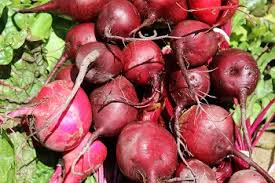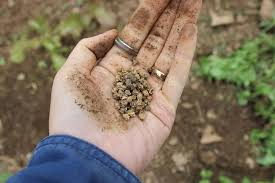Winter vegetables, like carrots, turnips, and parsnips, often thrive even after harsh snows and freezes. In a recent garden check, I found that the bermed carrots were still in great shape, turnips had survived deer damage, and parsley in a cold frame was looking strong. Winter onions under row covers were also doing well.
What is Vernalization?
Many of these winter vegetables are biennials. Biennials are plants that take two years to complete their life cycle, requiring a period of winter chilling to trigger flowering and seed production in their second year. This chilling, followed by longer days of spring, is called vernalization. Without vernalization, biennial plants will continue growing leaves but won’t produce flowers or seeds.
Biennial vegetables include beets, Brussels sprouts, cabbage, carrots, cauliflower, celery, chard, collards, endive, kale, kohlrabi, leeks, onions, parsley, parsnips, rutabagas, salsify, and turnips.

The Science Behind Vernalization
For years, researchers thought that biennials could “count” cold exposure, triggering reproductive growth once a specific chilling period was met. However, recent studies suggest that vernalization works by deactivating genes that suppress reproduction. This allows the plant to transition from vegetative growth to reproductive growth.
The length and intensity of cold required for vernalization vary by plant species. For instance, celery needs about 15 days of temperatures between 40-50°F (5-10°C) to start flowering and setting seeds. On the other hand, carrots require a more prolonged chill of 6 to 8 weeks at temperatures between 35-40°F (2-5°C) to bloom and produce seeds.
Seed Saving and Reseeding Winter Vegetables
Vernalization plays a crucial role in seed saving. Biennial vegetables can produce abundant seeds if allowed to flower and mature. However, my personal experience with seed saving from overwintered biennial vegetables has been mixed. Beet seeds took months to ripen, and the seeds I harvested were smaller than those bought from seed packets. Endive and leeks were similarly disappointing.
However, I’ve found three biennials—celery, parsley, and parsnips—that work well as perpetual crops through reseeding. These vegetables self-sow year after year, making them reliable options for sustainable gardening.

Celery for Seed Saving
Celery flowers form dense clusters of tiny white blossoms, and the plant produces thousands of seeds. These seeds can be harvested for spice use, but many will fall to the ground, creating a “seed rain” that leads to volunteer seedlings in the garden. Over time, this can establish a continuous cycle of celery plants, with fresh seedlings emerging every few seasons. To maintain this cycle, I grow celery each year, allowing it to flower and reseed.
Parsley as a Perpetual Crop
Parsley is another excellent choice for reseeding. While it’s tempting to harvest parsley’s flowers for floral arrangements, it’s best to let the plant mature and release seeds. Flat-leafed varieties are particularly good at self-seeding, but curly-leaf types may offer better visibility for spotting seedlings in the garden.
Parsnips and Their Seed-Saving Potential
Getting a good crop of parsnips can be challenging, but pre-germinating seeds, as suggested by Ben Vanheem, can improve your success rate. Additionally, allowing a few parsnips to flower and set seed, then sowing the seeds as soon as they ripen, can ensure a new crop. This method, common with short-lived wildflower seeds, works well for parsnips when you scatter newly ripened seeds over prepared soil in midsummer. This gives you a thick stand of seedlings for the fall-to-winter crop.
Turnips and Their Role in Pollination
Finally, any turnips that survive the winter are worth letting flower, as they attract bees, contributing to pollination. This is a beautiful and beneficial end for biennial vegetables that make it through to spring.
By understanding vernalization and how it affects the life cycle of biennial vegetables, gardeners can create a sustainable seed-saving practice and enjoy the benefits of homegrown crops year after year.
